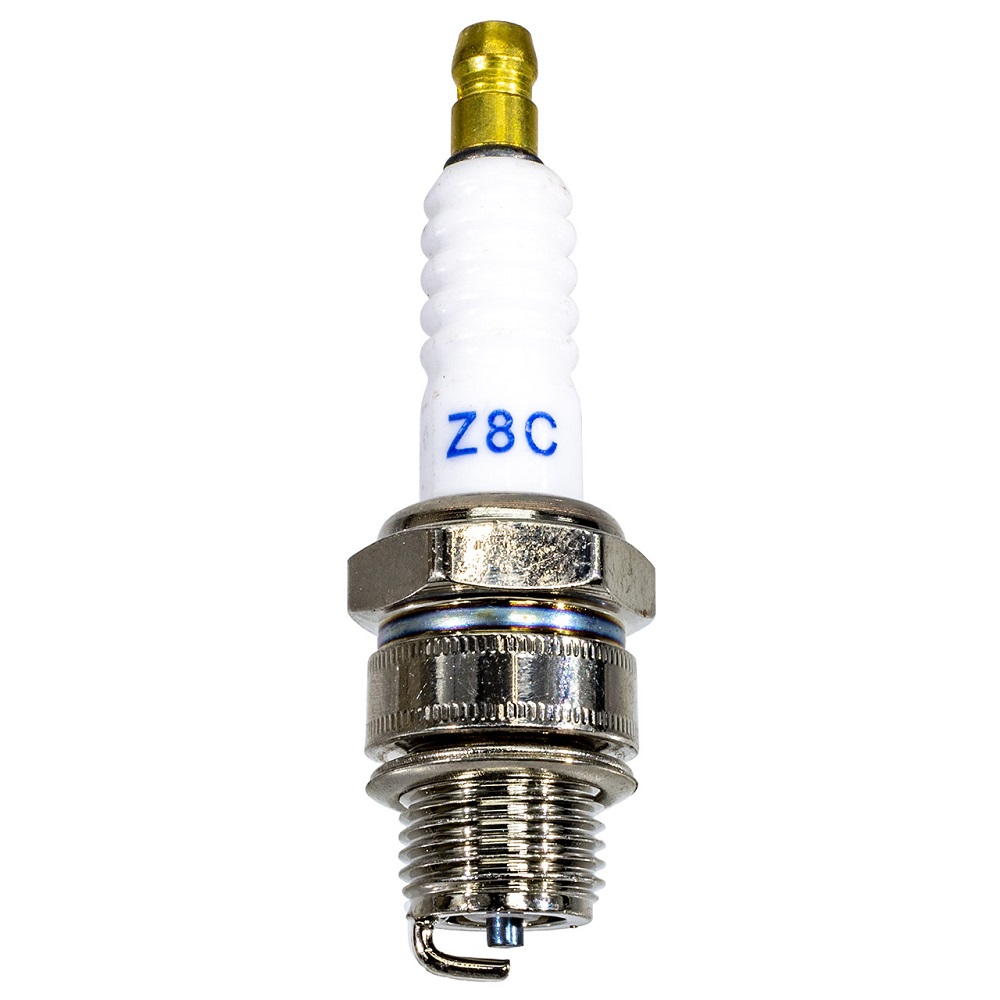Introduction to Spark Plugs
Understanding the Role of Spark Plugs
Spark plugs play a vital role in the functioning of internal combustion engines. These small devices are responsible for igniting the air-fuel mixture within the engine cylinders. When the spark plug generates a spark, it ignites the mixture, creating a small explosion that powers the engine. This process is essential for converting fuel into mechanical energy, which moves the vehicle forward. Without properly functioning spark plugs, engines can experience various issues, leading to poor performance and decreased fuel efficiency.
The History and Evolution of Spark Plugs
The concept of the spark plug dates back to the late 19th century. Early engines relied on simple electrical discharges to ignite fuel, but advancements in technology led to the development of more efficient spark plugs. Modern spark plugs are designed to withstand high temperatures and pressures, ensuring reliable performance over time. Various materials, including platinum, iridium, and copper, are now used in spark plug production to enhance durability and performance. The evolution of spark plugs has been crucial in advancing automotive technology and increasing engine efficiency.
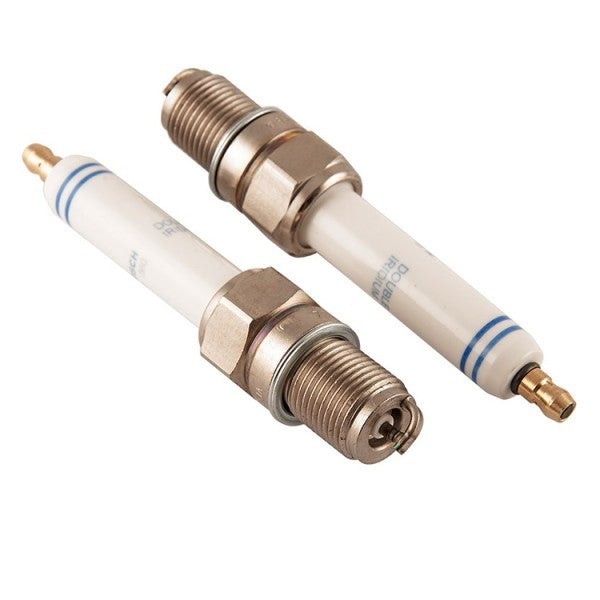
The Importance of Regular Maintenance
Maintaining your spark plugs is essential for optimal engine performance. Over time, spark plugs can wear out, accumulate carbon deposits, or become dirty, all of which can impact their ability to ignite the fuel mixture efficiently. Incorporating spark plug diagnostics into your vehicle maintenance routine allows you to identify issues such as misfires, weak sparks, or improper gaps before they become major problems. Regular inspections, diagnostics, and timely replacements can prevent numerous engine issues, improve fuel efficiency, and enhance overall vehicle performance. Understanding the importance of spark plug maintenance ensures a smoother and more reliable driving experience.
How Spark Plug Work
The Ignition Process
The ignition process begins when the engine’s electronic control unit (ECU) sends a signal to the ignition coil. This coil transforms the battery’s low voltage into a high-voltage spark. The high-voltage current travels through the ignition wire to the spark plug, where it creates an electrical arc. This arc ignites the atomized fuel in the cylinder, leading to combustion. The subsequent expansion of gases pushes the piston down, generating the power needed to turn the engine.
Factors Influencing Performance
Several factors can affect the performance of spark plugs. These include the material used in the plug, the design, and the manufacturer’s specifications. High-performance spark plugs can improve ignition efficiency and increase engine responsiveness. It is essential to select the right spark plug for your specific engine type to ensure optimal operation. Additionally, factors such as engine tuning, fuel quality, and overall engine health can influence how well the spark plugs perform.
Types of Spark Plugs
There are several types of spark plugs available on the market today. Standard copper spark plugs offer a lower-cost option but may have a shorter lifespan. Platinum and iridium spark plugs, while more expensive, provide superior performance and durability. It’s crucial to choose the right type based on your vehicle’s specifications and your performance needs. For example, if you drive a high-performance vehicle, opting for platinum or iridium spark plugs can enhance your engine’s performance and fuel efficiency.
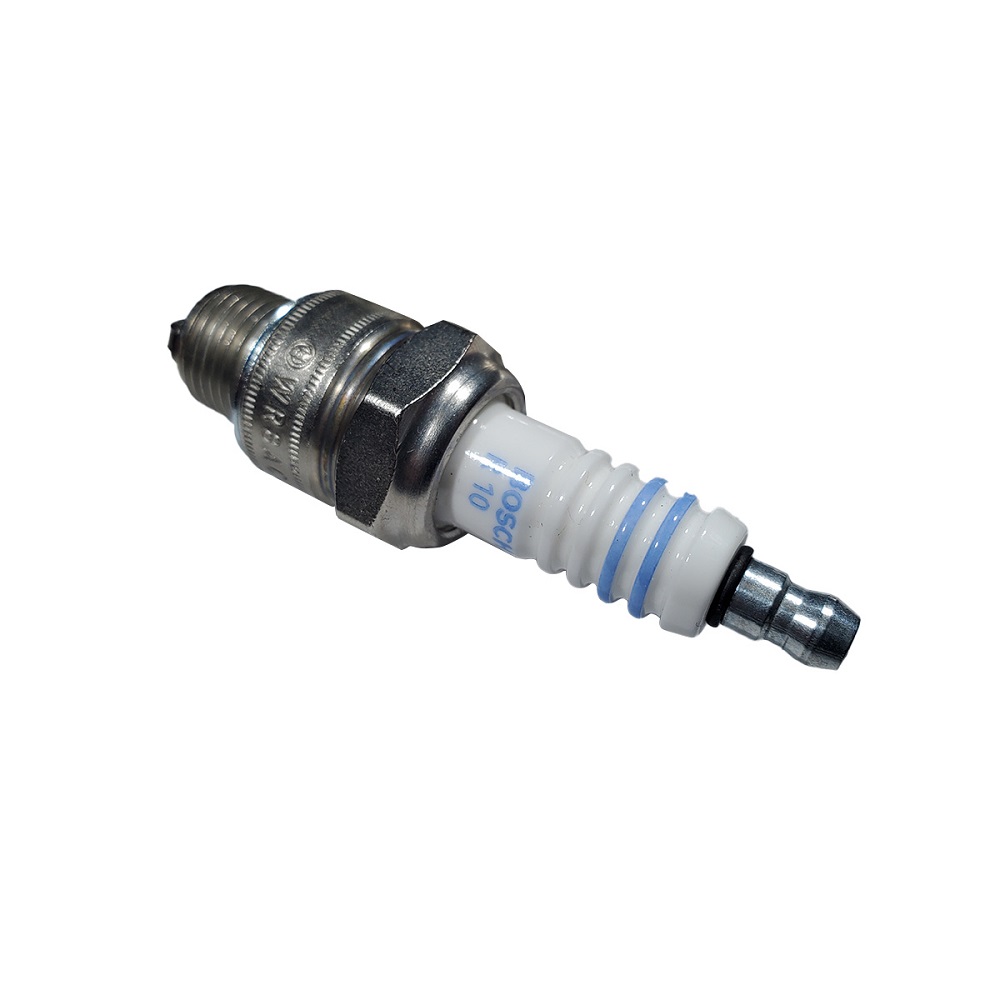
Diagnosing Spark Plug Issues
Signs of Failing Spark Plugs
Recognizing the signs of failing spark plugs can save you from more significant engine problems. Common warnings include difficulty starting the engine, misfires, rough idling, and decreased fuel efficiency. If you notice any of these issues, it’s crucial to check the spark plugs. Ignoring the symptoms of worn-out plugs can lead to more serious problems, such as engine damage or exhaust issues.
Visual Inspection of Spark Plugs
Performing a visual inspection of your spark plugs can provide valuable insights into their condition. Remove the spark plug carefully and examine them for signs of wear, such as carbon buildup, excessive wear, or damage. Ideally, plugs should have a clean, light brown appearance with minimal deposits. If you find dark deposits or corrosion, it may be time to replace them. This inspection should be part of your regular maintenance routine to ensure optimal engine performance.
Utilizing Diagnostic Tools
In addition to visual inspections, using diagnostic tools can help assess spark plug condition effectively. Tools such as an ohmmeter or multimeter can test the electrical resistance of the spark plugs. A significant deviation from the manufacturer-specified resistance indicates that the spark plug may be faulty. More advanced diagnostic tools can provide data on ignition timing and engine health, allowing for more accurate assessments of spark plug performance and overall engine efficiency.
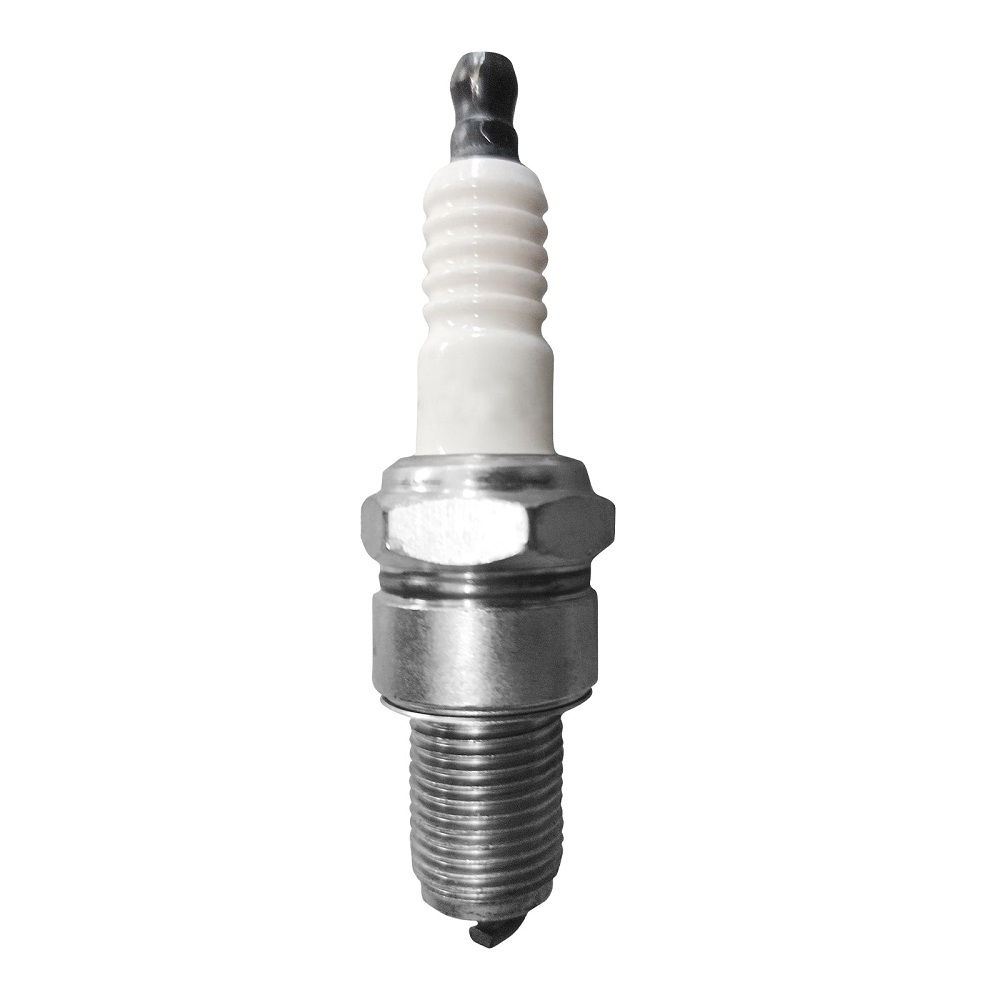
Replacing Spark Plug
When to Replace Spark Plug
Knowing when to replace spark plug is crucial for maintaining engine performance. Many manufacturers recommend replacing spark plugs every 30,000 to 100,000 miles, depending on the plug type and vehicle specifications. Regular checks and prompt replacements are vital to getting the most out of your engine. If any symptoms of wear are observed earlier than the recommended mileage, it’s a good idea to replace them sooner.
The Replacement Process
Replacing spark plug is a relatively straightforward process that many DIY mechanics can perform. Begin by gathering the necessary tools, including a spark plug socket, ratchet, extension, and gap gauge. Before starting, ensure that the engine is cool to prevent injuries. Remove the old spark plugs by carefully unscrewing them, then inspect the condition of the wires and connectors. Insert the new spark plug and tighten them properly, ensuring not to overtighten to avoid damage. Always use a torque wrench to achieve the manufacturer-recommended specifications.
Post-Replacement Checks
After replacing the spark plugs, it’s essential to perform a few checks to ensure proper functioning. Start the engine and observe it during idle. Look for any irregularity in sound or performance. If everything runs smoothly, take the vehicle for a short drive. Keep an ear out for any unusual noises or vibrations. Performing these checks will reassure you that the new spark plugs are functioning correctly.
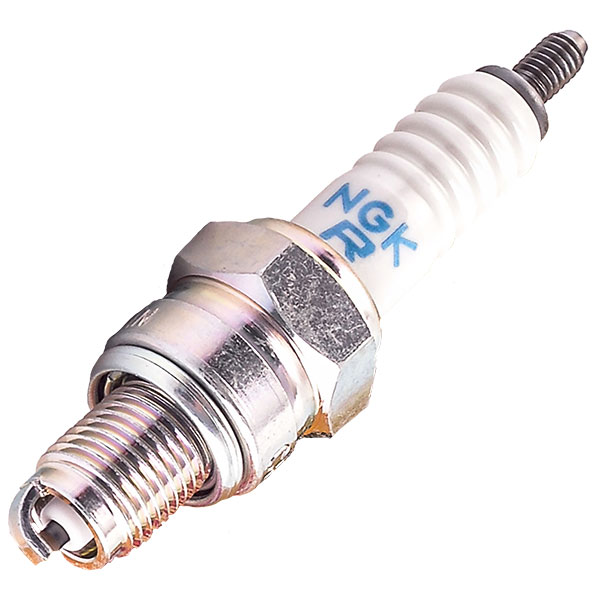
Selecting Quality Spark Plug
Researching Brands and Types
When it comes to spark plug, selecting high-quality options is important for optimal engine performance. Research various brands and types to find suitable options for your vehicle. Well-known manufacturers such as NGK, Bosch, and Denso have a reputation for producing reliable spark plugs. Reading customer reviews and product specifications can help guide your purchasing decision.
Understanding OEM vs. Aftermarket
It’s also important to differentiate between OEM (Original Equipment Manufacturer) and aftermarket spark plugs. OEM spark plugs are made specifically for your vehicle make and model, which ensures compatibility. Aftermarket options can provide alternative performance enhancements, but may vary in quality. Understanding your needs and doing research can help you decide which option is best for you.
Consulting with Professionals
If you feel unsure about which spark plug to choose, don’t hesitate to consult with a mechanic or automotive expert. They can provide insight based on your vehicle’s specifications and ensure that you select the right components for your needs. Getting professional advice will help you make informed choices, ultimately enhancing your engine’s performance.
Maintenance and Care for Spark Plug
Routine Inspections
Maintaining your spark plug through routine inspections is essential for long-lasting performance. Schedule regular checks to look for wear, carbon build-up, or deposits. Maintaining a clean environment in your engine will help prolong spark plug life. Proper maintenance can reduce the likelihood of ignition problems and improve fuel efficiency.
Keeping the Engine Clean
Keeping the engine clean also plays a significant role in extending spark plug life. Built-up debris and oil can affect performance and lead to premature wear. Regularly changing the engine oil and using fuel additives can assist in keeping the combustion chamber clean. A clean engine is more efficient, and overall health benefits your spark plug.
Professional Servicing
Consider having your vehicle serviced by a professional mechanic periodically. They can perform comprehensive checks on your spark plug and the entire ignition system. This can include examining the coil packs, wires, and connectors to ensure everything is functioning properly. Engaging a professional guarantees that your vehicle is in good working condition, enhancing longevity and performance.
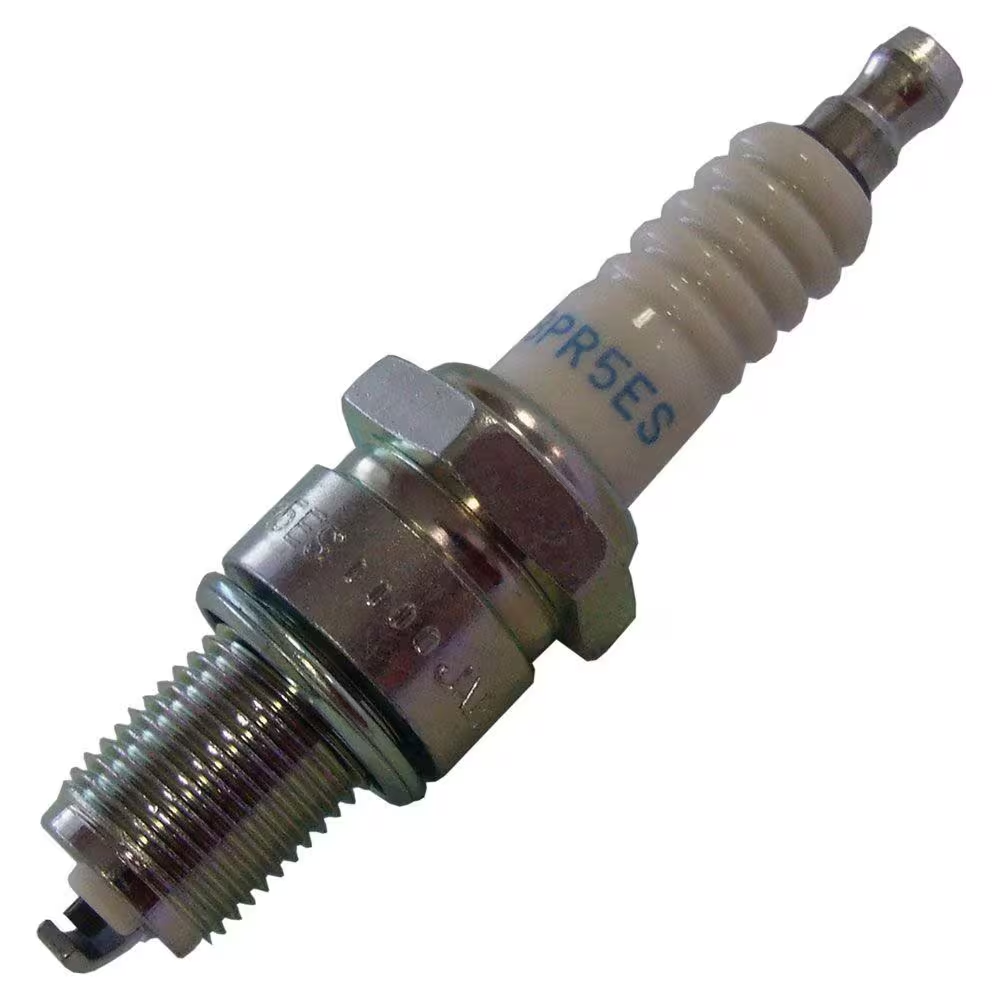
Conclusion: The Key Role of Spark Plug
Understanding Their Impact on Performance
In conclusion, spark plugs are essential components of your vehicle’s engine, playing a key role in its overall performance. Understanding how they function, knowing when to replace them, and maintaining them properly will support longevity and reliability. By investing time into monitoring and caring for your spark plug, you ensure that your engine runs smoothly and efficiently.
The Benefits of Regular Maintenance
Regular maintenance of your spark plug has numerous benefits, including enhanced fuel efficiency, improved engine performance, and reduced emissions. By keeping up with inspections, replacements, and proper care, you can make sure your vehicle performs at its best. This approach not only saves you money in potential repairs but also contributes to a more enjoyable driving experience.
Ready for the Road Ahead
As you dive into the world of automotive care, remember that prepared drivers are the most successful. Taking the time to understand and maintain your spark plugs will leave you well-equipped for any journey on the road ahead. Invest in high-quality spark plugs, stay on top of your maintenance routine, and embrace a smooth, reliable driving experience. Your vehicle deserves the best, and by prioritizing these essential components, you contribute to its long-term health and performance.
